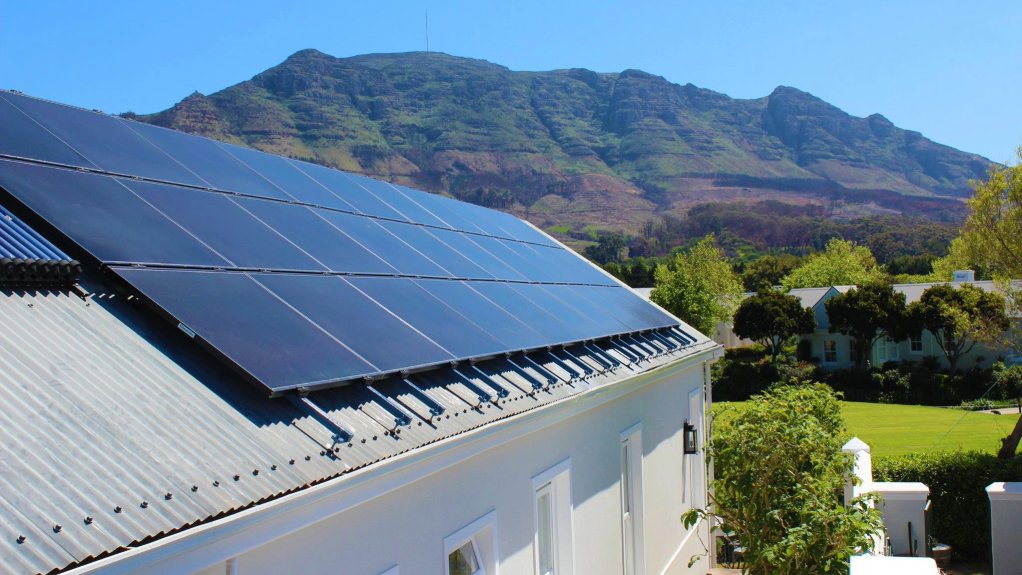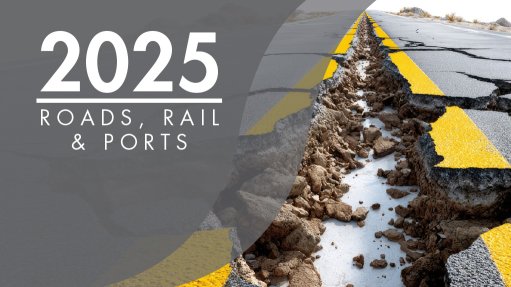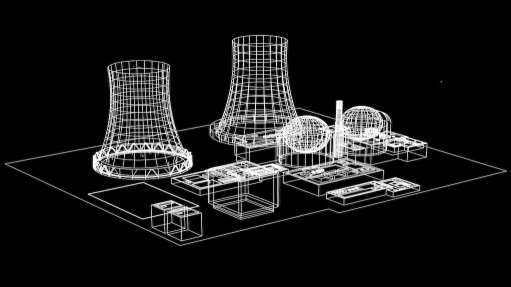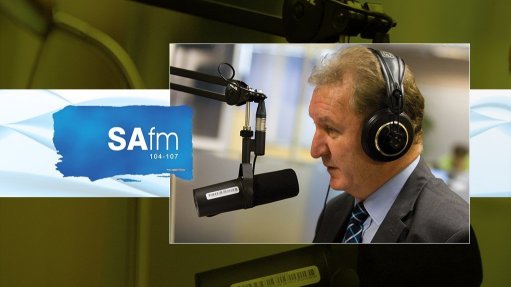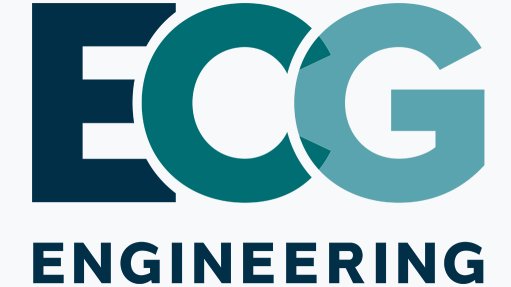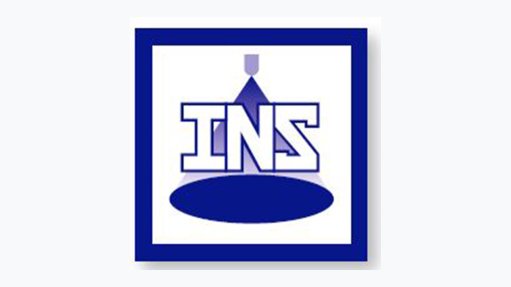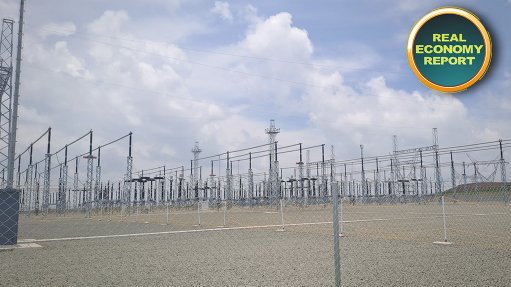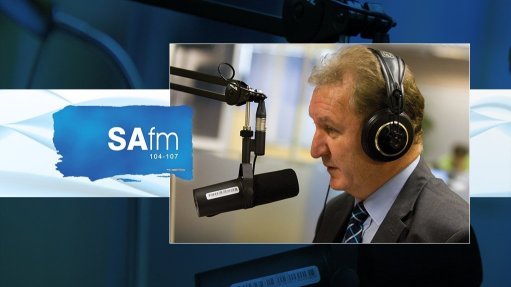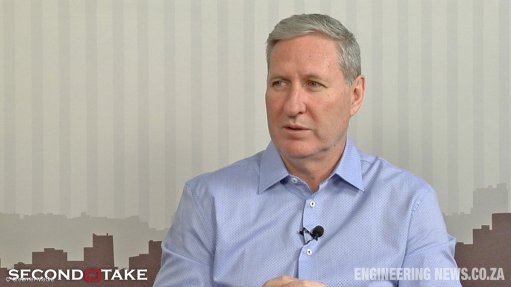Solar users should focus on monitoring, managing and maximising assets
The solar industry experienced a boom between 2020 and 2023 when loadshedding was rife; however, the rush to install solar panels left monitoring and maximising these power systems as an afterthought, says solar technology specialist SolrBoost cofounder Paul de Goede.
He explains that 80% of solar systems in residential and small commercial and industrial operations are monitored reactively, instead of proactively with the use of analytics, which leads to lower returns on investment (RoI) for these assets.
Consequently, months can go by with a system performing poorly or assets not being protected for a long lifespan. The solar sector, therefore, has a lot more value to be unlocked for power users by having the “three Ms” applied: monitoring, managing and maximising, says De Goede.
Monitoring encompasses real-time data to ensure system health, early failure detection and performance tracking, while managing involves smart control over energy sources, optimised usage and reduced waste. The 'maximise' element comprises peak efficiency, cost savings and longer-term system lifespan.
Notably, De Goede points out that not all engineering, procurement and construction (EPC) providers focus on all three Ms.
Up to now, 'monitoring' through inverter platforms or third-party loggers has largely been passive, with data being reported but not having AI applied.
“The onus is on the EPCs to review and interpret data manually, with no analytical tools being used. The cost for manual verification is significantly higher and more error-prone than automated monitoring.
“There is a strong case for proactive intelligent monitoring that does the analysis and legwork for the EPC,” De Goede states.
SolrBoost has identified more than 1 300 plants that are exporting to the grid incorrectly owing to firmware or hardware issues, which results in higher utility bills.
More than 400 plants lost production over the last eight months, which led to more than R10-million in unnecessary costs for end-customers.
Moreover, SolarBoost finds that 1 000 plants operate at battery temperatures outside of manufacturer warranty specifications, which can result in voided warranties and a shortened lifespan.
De Goede says a lack of battery 'management' results in lost PV capacity, performance blindless, tariff optimisation losses and ultimately lower RoI.
SolrBoost has, through its three M efforts, realised R500 000 of savings in June alone by optimising 2 000 plants, using better management and oversight systems. De Goede highlights how every solar and battery system needs regular sizing and balancing reports undertaken as load patterns change.
SolrBoost has generated hundreds of SizePro reports using digital twinning models of plants, which determine whether systems are still fit-for-purpose and what parts need upgrading.
While batteries in hybrid power systems typically make up between 20% and 40% of the system cost, these assets are typically not “sweated” for RoI but used solely for power security.
Batteries used according to tariff optimisation can result in a system payback of within two years with the right load profile, De Goede says.
Additionally, SolrBoost finds in a recent report done on a retirement village’s power system that tariff arbitrage savings at the end of the year will be more than R395 000.
“We have come from an install-focused environment and reactive maintenance. Minimal efforts have been made to maximise returns of these systems, monitoring to ensure warranties are valid and monitoring to ensure assets are not degrading prematurely.
“Fundamentally system owners should demand the three Ms, and treat power systems like any other to get the most out of it,” De Goede explains.
In the residential sector, the public perception of solar systems needs to shift from loadshedding protection to an asset from which more value can be garnered.
In turn, small commercial and industrial owners of power systems often do not have the knowledge to demand the services they need at a cost-effective rate.
De Goede concludes that, as the solar industry gains more traction, more elevation of the industry is necessary from a monitoring, management and maximising point of view.
Article Enquiry
Email Article
Save Article
Feedback
To advertise email advertising@creamermedia.co.za or click here
Comments
Press Office
Announcements
What's On
Subscribe to improve your user experience...
Option 1 (equivalent of R125 a month):
Receive a weekly copy of Creamer Media's Engineering News & Mining Weekly magazine
(print copy for those in South Africa and e-magazine for those outside of South Africa)
Receive daily email newsletters
Access to full search results
Access archive of magazine back copies
Access to Projects in Progress
Access to ONE Research Report of your choice in PDF format
Option 2 (equivalent of R375 a month):
All benefits from Option 1
PLUS
Access to Creamer Media's Research Channel Africa for ALL Research Reports, in PDF format, on various industrial and mining sectors
including Electricity; Water; Energy Transition; Hydrogen; Roads, Rail and Ports; Coal; Gold; Platinum; Battery Metals; etc.
Already a subscriber?
Forgotten your password?
Receive weekly copy of Creamer Media's Engineering News & Mining Weekly magazine (print copy for those in South Africa and e-magazine for those outside of South Africa)
➕
Recieve daily email newsletters
➕
Access to full search results
➕
Access archive of magazine back copies
➕
Access to Projects in Progress
➕
Access to ONE Research Report of your choice in PDF format
RESEARCH CHANNEL AFRICA
R4500 (equivalent of R375 a month)
SUBSCRIBEAll benefits from Option 1
➕
Access to Creamer Media's Research Channel Africa for ALL Research Reports on various industrial and mining sectors, in PDF format, including on:
Electricity
➕
Water
➕
Energy Transition
➕
Hydrogen
➕
Roads, Rail and Ports
➕
Coal
➕
Gold
➕
Platinum
➕
Battery Metals
➕
etc.
Receive all benefits from Option 1 or Option 2 delivered to numerous people at your company
➕
Multiple User names and Passwords for simultaneous log-ins
➕
Intranet integration access to all in your organisation



